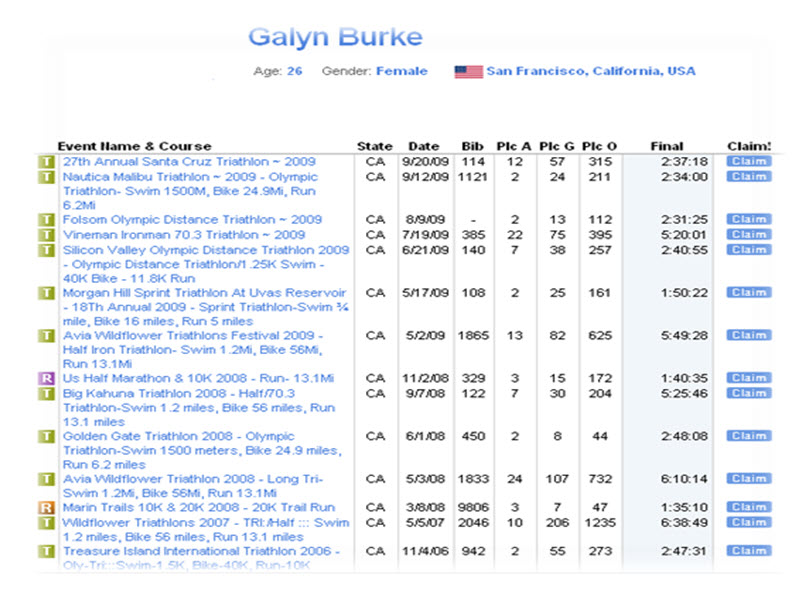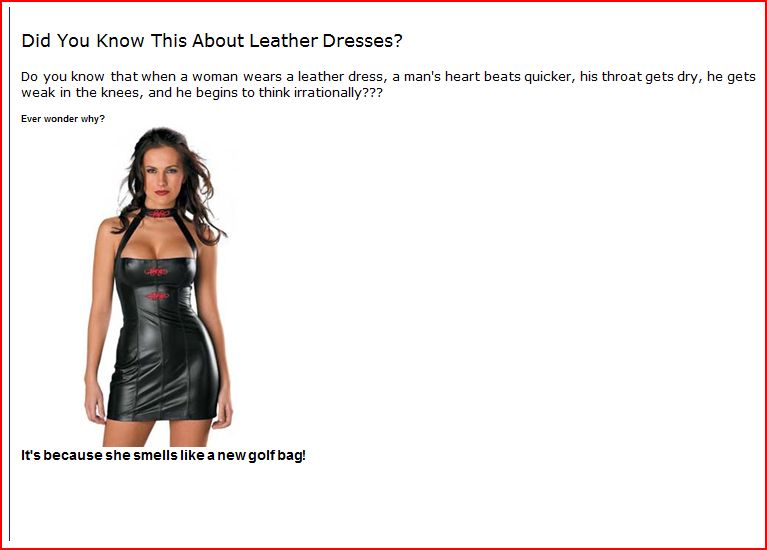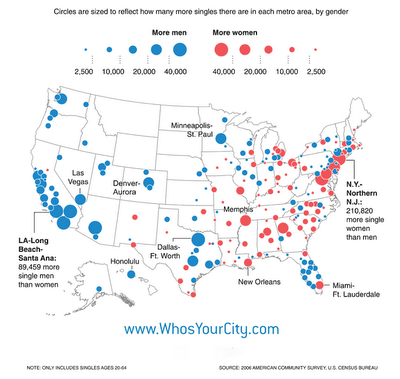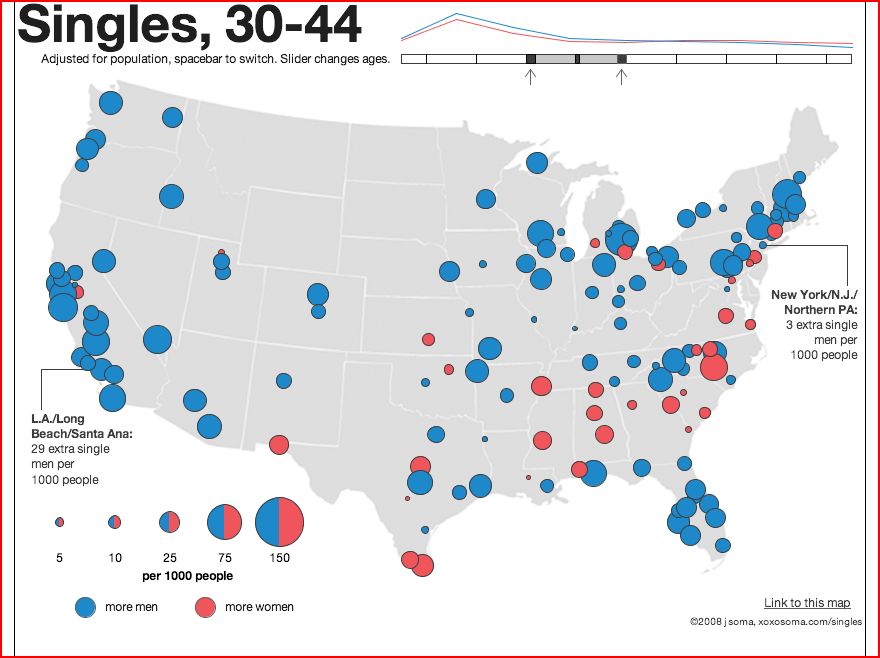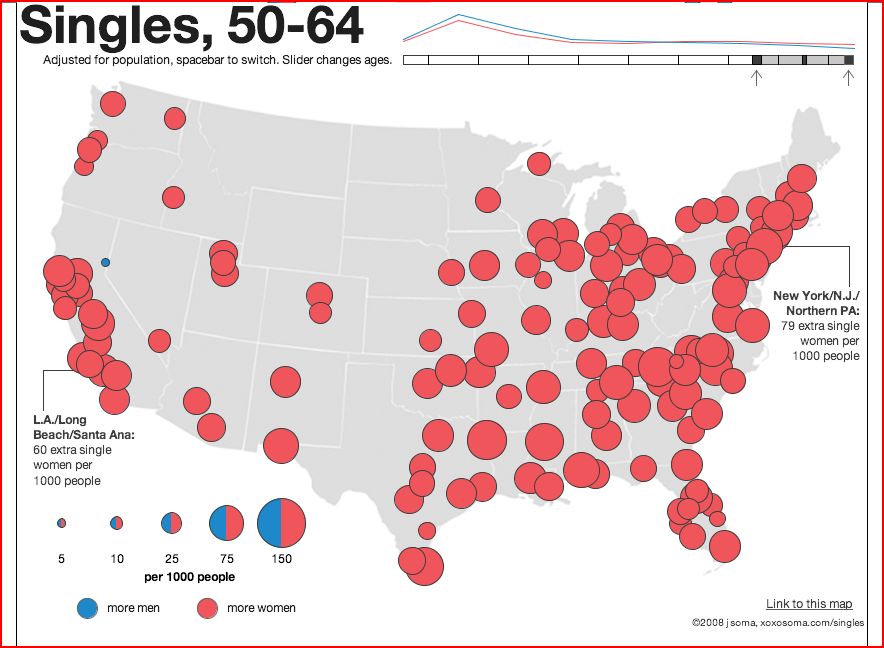According to a story on NPR, Asian Americans are less likely to be unemployed than White, Black, and Hispanic Americans. But, when they do lose a job, they remain unemployed significantly longer.
Jobless Rates by Race:
Length of Unemployment:
Why might Asians have a more difficult time finding work? Kent Wong of UCLA’s Center for Labor Research and Education explains that their extended length of unemployment can be attributed to a confluence of two realities that make their situation unique. First,about 70% of Asian Americans are foreign born and these immigrants often live in ethnic enclaves (e.g., Chinatowns) that focus on a single industry. So long as there is work in that industry, Asians can find work. But, if that industry goes south, their limited network outside of those enclaves becomes a hindrance. Meanwhile, Asians (unlike Whites, Hispanics, and Blacks) tend to be segregated by language. Wong explains that, with about a dozen languages spoken widely in the Asian American community, pan-ethnic networks can be difficult to build and maintain. This leads to extra difficulty finding a new job:
If you have a Vietnamese employee working for a Vietnamese employer in Little Saigon in Orange County, that does not transfer to an ability to get a job in Koreatown in Los Angeles…
Both residential and linguistic segregation, then, contribute to long periods of unemployment for Asian Americans.
Lisa Wade, PhD is an Associate Professor at Tulane University. She is the author of American Hookup, a book about college sexual culture; a textbook about gender; and a forthcoming introductory text: Terrible Magnificent Sociology. You can follow her on Twitter and Instagram.











